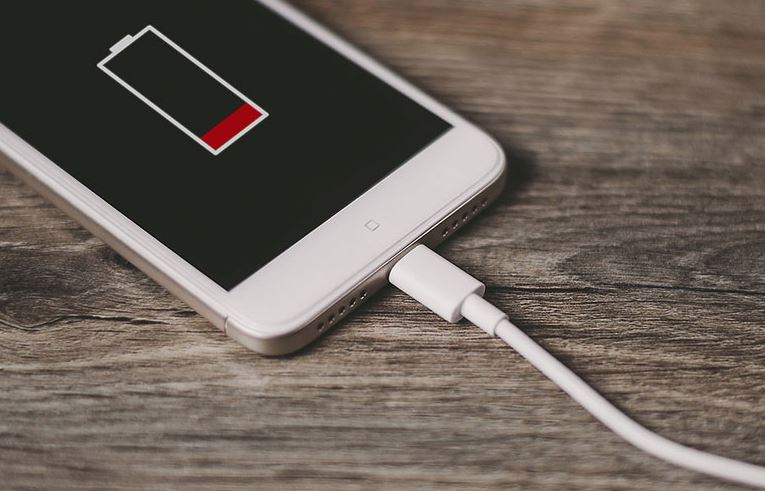
I noticed a strange event a few years ago. The battery cover on my phone, which had been plugged in to charge the night before, had bent. The bloated battery underneath it pushed it out of shape.
Needless to say, I never left my phone to charge overnight again. But I’m sure many of us have done the same thing just to make sure our phones are charged to 100% when we wake up.
When it comes to long-term charging, you probably keep your pricey vacuum cleaner plugged into its wall-mounted charger because, well, that’s what the commercial says, right? Whether or whether the battery is exhausted, your tablet or business laptop is likely to be plugged into the wall socket 24/7 for convenience’s sake.
We don’t give our charging habits much thought until something serious happens, such as a swollen phone battery or, even worse, a fire caused by leaving our personal mobility device (PMD) to charge overnight, as reported in the news.
Then paranoia sets in, and you question if it’s safe to charge anything rechargeable overnight. Is it possible to overcharge? Is it alright to leave a device in its charging station all day, even if you’re not sleeping?
We checked with Nanyang Technological University’s electrical and electronic engineering department to see if we were charging our phones and other devices properly. And, as it turns out, our usual habits may not be beneficial to our devices.
What happens if I charge devices overnight, such as my handphone, computer, power bank, or even household appliances?
Surprisingly, the battery did not stay charged all night. According to a Time story, the price will be reduced slightly because the device only consumes a modest bit of electricity in the background to run. The charger kicks on during a power outage and fully charges the battery. This process is known as trickle charging.
So, why is this such a huge deal? The lithium-ion battery in your smartphone or laptop does not like to be fully charged, according to the website Battery University. The enormous voltage generated by a full charge, in actuality, puts the battery under strain.
Can I overcharge my devices accidentally?
No, you can’t charge your devices too much. According to Assistant Professor Christopher Lee, the rechargeable lithium-ion battery’s battery management system, or BMS, can automatically stop charging once it’s fully charged.
The battery, as well as circuitry and other components, make up the BMS, which all work together to ensure that the battery receives the right voltage and current for an extended period of time. You won’t be able to overcharge your phone or vacuum cleaner as a result.
What about when lithium-ion batteries, like mine, start to bloat? Is this the result of overcharging? According to the PC Mag website, the problem comes when the ingredient
What is the best battery percentage for handheld devices like a handphone, tablet, or even a vacuum cleaner?
When it’s still 80 percent charged, don’t plug it in to charge. Keep in mind that lithium-ion batteries despise carrying full charges. But don’t let it fall below 20%; the battery will require a high voltage to regain its charge, which will reduce its capacity.
According to Asst Prof Lee, keeping the battery % between those ranges optimizes charging time without decreasing the battery’s capacity too much.
Does overnight charging consume more energy when it comes to your electricity bill?
Asst Prof Lee said, “Usually, no.” “The additional electricity bill is merely a few percent of the total electricity bill,” he claims, claiming that the power required in trickle charging (as previously noted) is “extremely low and insignificant.”
We’ve heard a few things regarding phone charging, such as how wireless charging produces radiation and how going to airplane mode allows us to charge more quickly. Is this correct?
We’ve heard a few things about phone charging, including that wireless charging emits radiation and that switching to airplane mode allows us to charge faster. Is this true?
According to Asst Prof Lee, wireless charging does release radiation, and the longer the charging range, the more radiation is produced. According to IEEE (Institute of Electrical and Electronics Engineers) norms, devices placed on charging pads generally have less than 1cm to 2cm of distance between them, making radiation extremely acceptable, according to IEEE (Institute of Electrical and Electronics Engineers) norms.
According to Asst Prof Lee, if the wireless charging range is 10cm to 15cm or larger, the radiation could be a problem.
Putting your phone in airplane mode, according to Asst Prof Lee, can help you charge it faster because it disables all apps, including the network service.





